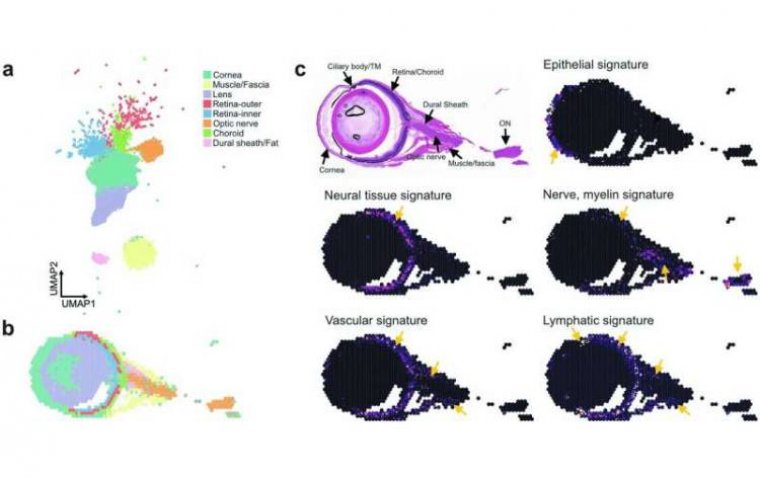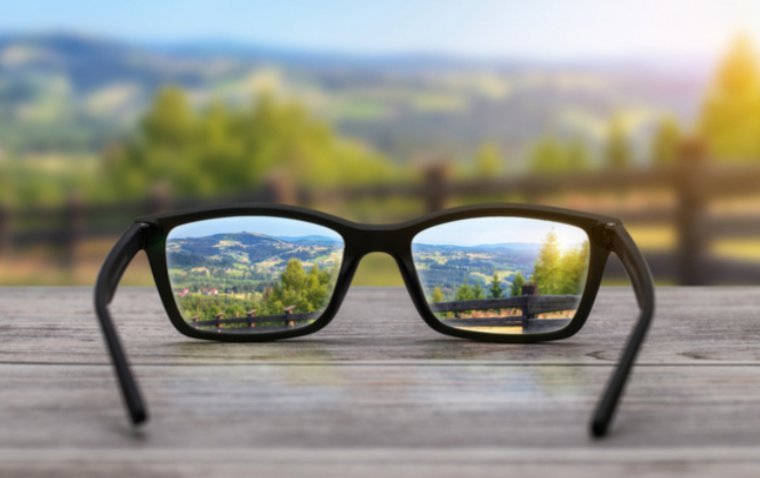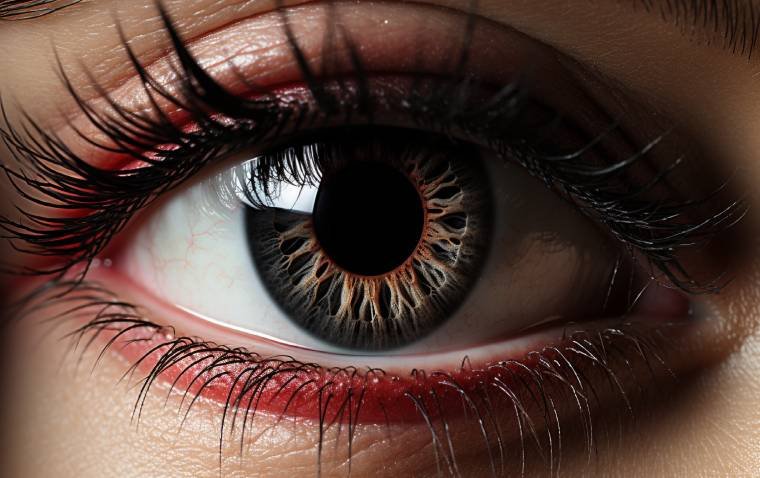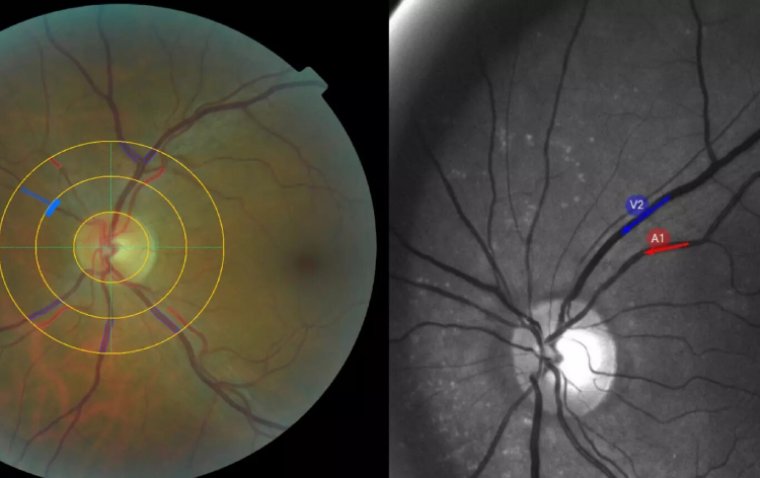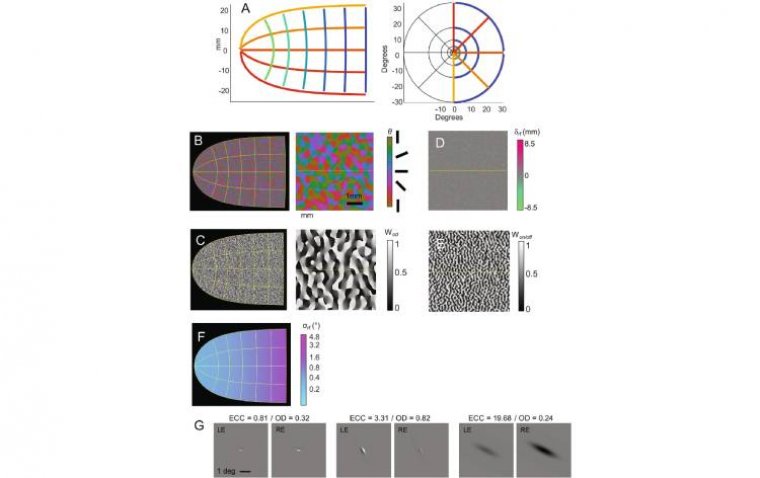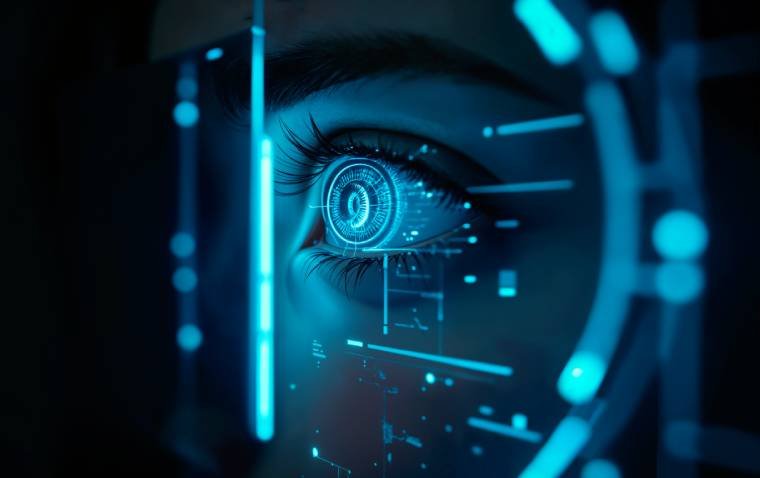
Augmented Reality-Based Visual Training Improves Vision in Adults with Amblyopia
Researchers from the Institute of Biophysics of the Chinese Academy of Sciences, in collaboration with the Institutes of Brain Science and Fudan University, have developed an innovative augmented reality (AR) training system that significantly enhances visual function in adults with amblyopia. The findings were published in Advanced Science.
Addressing Amblyopia in Adults Through Visual Pathway Modulation
Amblyopia, often referred to as “lazy eye,” is a neurodevelopmental condition resulting from abnormal visual development, commonly beginning in childhood. It is notoriously difficult to treat in adulthood due to reduced neuroplasticity.
Vision relies on two key parallel pathways:
• The magnocellular (M) pathway, responsible for motion detection and broad pattern recognition
• The parvocellular (P) pathway, which processes fine spatial details and color
Deficits in these pathways are associated with multiple neurodevelopmental and neurodegenerative conditions, including amblyopia.
Traditional training approaches for amblyopia have demonstrated limited generalizability and low patient adherence, restricting their long-term efficacy.
A Novel AR-Based Visual Training System
To overcome these limitations, the research team designed a real-time augmented reality system integrating:
• High-definition camera input
• GPU-based image processing
• OLED head-mounted displays for visual delivery
The AR system modulates visual stimuli to selectively engage the parvocellular pathway by:
• Disrupting low spatial frequency (SF) information and transforming it into rapidly flickering noise
• Preserving high SF details to enhance resolution and focus
• Reducing the signal-to-noise ratio of high-frequency information in the dominant eye, thereby promoting greater contribution from the amblyopic (non-dominant) eye
Clinical and Functional Outcomes
In Healthy Participants:
• Short-term AR training led to significant improvements in visual acuity
• Enhanced sensitivity to high spatial frequency stimuli
• Achieved restoration of binocular balance, with long-lasting effects
In Amblyopic Patients:
• One week of home-based AR training with lightweight wearable glasses produced:
- Significant gains in visual acuity
- Improved eye dominance balance
- Enhanced stereoscopic vision
• High patient compliance throughout the study
Broader Applications and Future Potential
This AR platform represents a non-invasive, user-friendly visual rehabilitation approach that enables targeted pathway interventions in real-world environments. Beyond amblyopia, the technology holds potential for improving visual function in conditions such as:
• Glaucoma
• Developmental dyslexia
It may also serve as a performance-enhancing tool for healthy individuals seeking to optimize visual processing capabilities.
The study establishes a new paradigm for personalized, pathway-specific vision therapy through wearable AR technology, bringing clinically significant improvements into everyday life.
Reference:
Yige Gao et al, Improving Adult Vision Through Pathway‐Specific Training in Augmented Reality, Advanced Science (2025). DOI: 10.1002/advs.202415877
(1).jpg)


